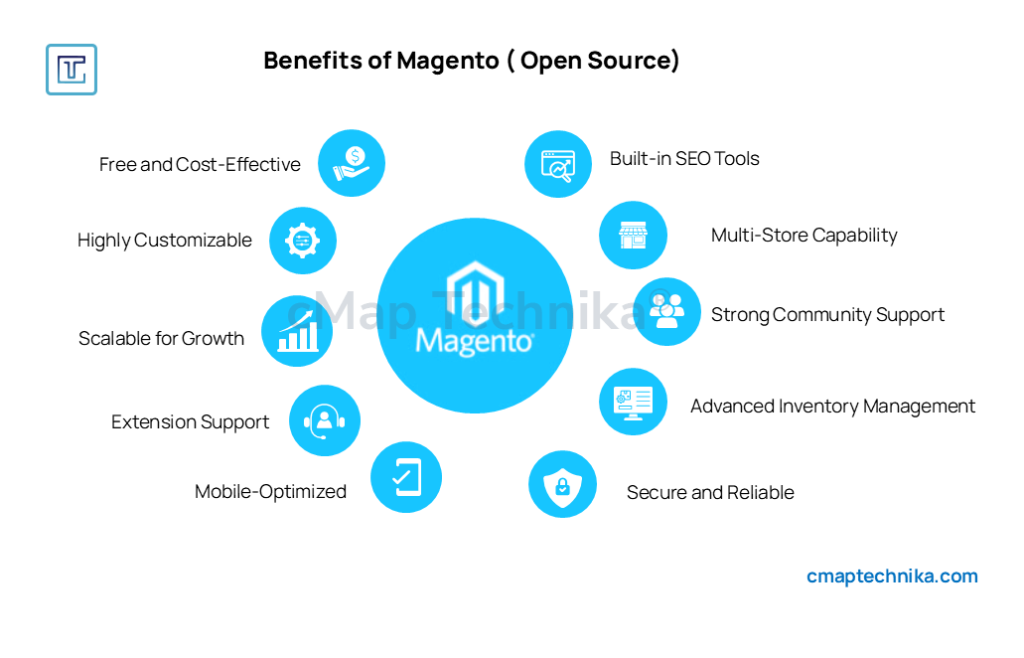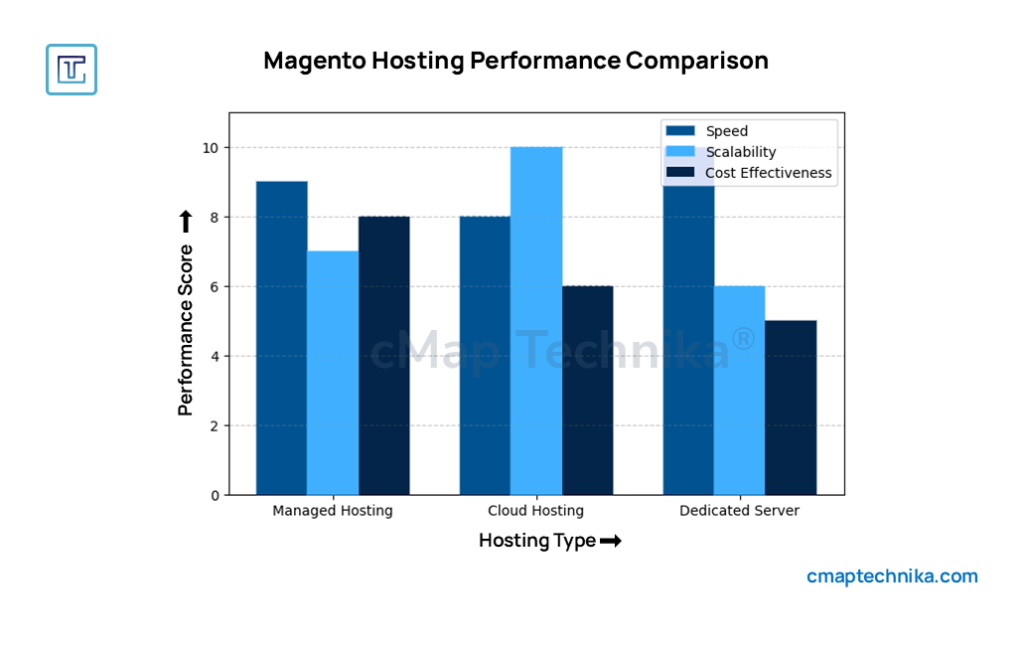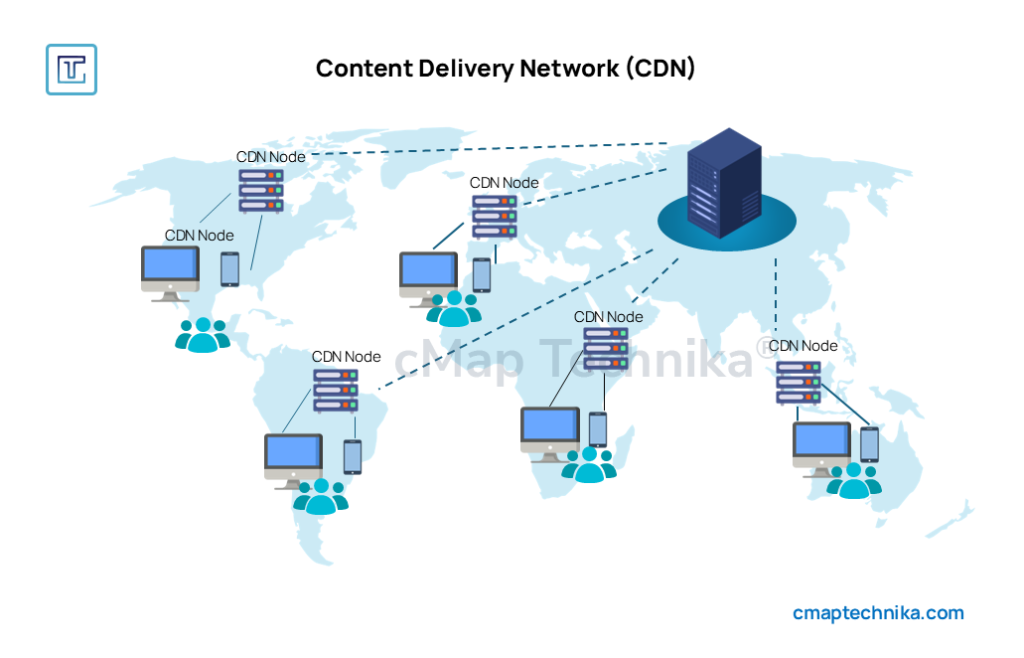Introduction

Step 1: Choosing the Right Magento Version
Magento offers two primary editions:
- Magento Open Source – A free version with core functionalities, suitable for small to medium-sized businesses.
- Adobe Commerce (Magento Commerce) – A paid, feature-rich version ideal for enterprises, offering advanced analytics, AI-driven recommendations, and cloud hosting.
Current Status of Magento
Magento 2 remains the core framework for both the open-source and commercial versions. However, Adobe has rebranded Magento Commerce as Adobe Commerce and integrated it into the broader Adobe ecosystem:
- Magento Open Source – Continues to be supported and updated by the community under the Magento 2 framework.
- Adobe Commerce – The premium version of Magento 2, enhanced with Adobe’s AI (Sensei), advanced data-driven insights, and cloud-based infrastructure.
- Adobe Commerce Cloud – A fully managed solution under Adobe Commerce, offering deeper integration with Adobe products like Adobe Experience Manager.
If you’re starting small but plan to scale, Magento Open Source with third-party extensions can be a cost-effective choice. For enterprise-level operations, Adobe Commerce provides a more comprehensive and scalable solution.
Step 2: Setting Up Hosting for Maximum Performance

Performance starts with choosing the right hosting provider. Consider the following options:
- Managed Magento Hosting (e.g., Nexcess, Cloudways) – Optimized for Magento, providing built-in caching, security, and support.
- Cloud Hosting (AWS, Google Cloud, Azure) – Offers scalability and customization but requires technical expertise.
- Dedicated Servers – Suitable for large-scale operations needing full control over server resources.
Best Practices:
- Use SSD storage for faster data access.
- Ensure support for PHP 8, HTTP/3, and optimized MySQL/MariaDB to enhance Magento’s performance.
- Enable automatic backups and DDoS protection for added security.
Step 3: Installing Magento and Configuring the Store
Installing Magento
You can install Magento in two ways:
- Using Composer (recommended for developers):
composer create-project –repository-url=https://repo.magento.com/ magento/project-community-edition magento-store
- Using Web Setup Wizard – Suitable for non-technical users, allowing installation via the Magento Admin Panel.
Basic Configuration
After installation, configure these key settings:
- Store Information – Add store name, contact details, and timezone.
- Currency & Tax Settings – Define the default currency and configure tax rules based on your target region.
- Shipping & Payment Methods – Integrate payment gateways like PayPal, Stripe, and Razorpay, and set up shipping rules.
Step 4: Choosing and Customizing a Magento Theme
Selecting a Responsive Theme
A well-designed theme enhances user experience and conversion rates. Choose from:
- Magento Marketplace Themes – Pre-built themes designed for Magento.
- Custom Themes – Designed from scratch for unique branding.
- Popular Premium Themes – Porto, Claue, and Ultimo offer great flexibility and performance.
Customizing the Theme
- Use Magento Page Builder to create visually engaging pages with drag-and-drop functionality.
- Optimize images and CSS to maintain fast loading speeds.
- Ensure the theme is mobile-friendly, as over 70% of users shop on mobile devices.
Step 5: Optimizing Magento for Speed and Performance
Performance optimization is critical for reducing bounce rates and improving SEO rankings.
Enabling Caching
Magento has built-in caching features that should be enabled:
- Full-Page Caching (FPC) – Drastically reduces load times.
- Varnish Cache – A powerful reverse proxy cache that speeds up server responses.
Optimizing Images
Use WebP format for images, reducing file size without compromising quality. Automate this using ImageOptim or Magento’s built-in tools.
Minifying CSS, JavaScript, and HTML
In Magento Admin Panel:
- Navigate to Stores > Configuration > Advanced > Developer.
- Enable Merge, Minify & Bundling for JS, CSS, and HTML.
Using a Content Delivery Network (CDN)

A CDN like Cloudflare or Fastly helps distribute static content across global servers, reducing load times for international users.
Step 6: Adding Essential Extensions
Magento’s marketplace offers thousands of extensions to enhance functionality. Some must-have extensions include:
- SEO Suite Ultimate by Mageworx – Enhances search engine visibility.
- Amasty Advanced Layered Navigation – Improves product filtering and user experience.
- One Step Checkout by Mageplaza – Simplifies the checkout process to boost conversions.
- LiveChat & Chatbots (Tidio, Zendesk Chat) – Improves customer support and engagement.
Step 7: Implementing AI-Driven Personalization
AI-powered tools can significantly improve customer engagement:
- Adobe Sensei – Magento’s built-in AI for product recommendations.
- Dynamic Pricing – AI-driven algorithms adjust pricing based on demand and competition.
- Personalized Email Marketing – Use tools like Klaviyo or Omnisend to automate targeted email campaigns.
Step 8: Enhancing Security and Compliance
Security is a major concern for e-commerce. Implement the following measures:
- Enable Two-Factor Authentication (2FA) for admin logins.
- Use SSL Certificates to secure transactions.
- Regularly Update Magento and Extensions to patch vulnerabilities.
- Implement Web Application Firewalls (WAF) like Sucuri or Cloudflare.
Step 9: Setting Up Analytics and Performance Tracking
To make data-driven decisions, integrate:
- Google Analytics 4 – Tracks user behavior and conversion paths.
- Facebook Pixel – Optimizes retargeting campaigns.
- Magento Business Intelligence – Provides advanced sales and customer insights.
Step 10: Launching and Marketing Your Magento Store
Final Testing Before Launch
- Conduct performance testing using GTmetrix or Google PageSpeed Insights.
- Test for cross-browser compatibility (Chrome, Firefox, Safari, Edge).
- Run usability testing to identify pain points in navigation and checkout.
Marketing Strategies Post-Launch
- SEO Optimization – Optimize meta tags, descriptions, and product pages.
- Content Marketing – Create engaging blog posts and guides relevant to your niche.
- Social Media Advertising – Run targeted ads on Facebook, Instagram, and Google Ads.
- Influencer & Affiliate Marketing – Partner with influencers to drive traffic and sales.
Conclusion
Building a high-performance Magento e-commerce store in 2025 requires a combination of strategic planning, advanced optimizations, and customer-centric AI-driven solutions. By following these steps, you can create a fast, secure, and engaging online shopping experience that drives conversions and builds brand loyalty. Stay updated with the latest Magento advancements—whether you’re using Magento Open Source or Adobe Commerce—to ensure your store remains competitive in the ever-evolving digital commerce landscape.






